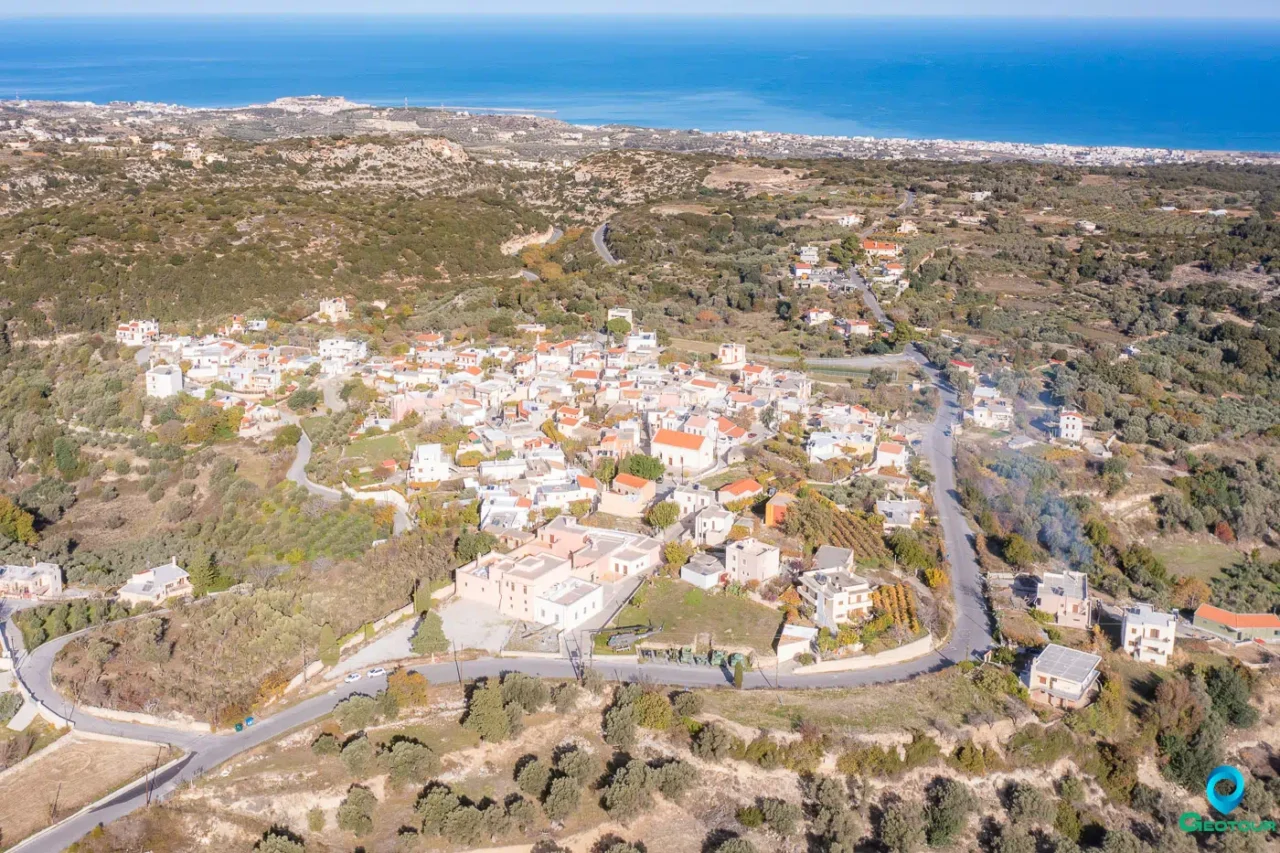
Chromonastiri (Χρωμοναστήρι) is a village and the seat of the Chromonastiri municipality in the Rethymno regional unit, Crete, Greece. It is located 11 kilometers southeast of Rethymno, northeast of Mount Vrysinas, at an altitude of 360 meters. The village is designated as a traditional settlement of average cultural value (category II).
Etymology
There are different views on the etymology of the name. One view is that the name comes from the coexistence of the village and the monastery of Panagia Kera (already during the 2nd Byzantine and the Venetian period), i.e. Village-Monastery, which is why in Venetian and Ottoman documents it is found written as “Choriomonastirion” and “Chora Monastir”. According to another view, it was named so because the monastery of Kera Panagia, located near the village, had many colorful icons (color + monastery) or from the yellow ocher with which the church was painted. After 1940, in all the census tables it is found written as Chromonastiri, but the spelling with -o- (Chromonastiri) continues to be encountered.
History
Chromonastiri was built around the 12th-13th century. It has been characterized as a traditional settlement, as several of its buildings were built during the Venetian period. Until 1299, Chromonastiri belonged to the Byzantine ruler Georgios Chortatzis and was then granted to Alexios Kalergis. In 1583, it had 634 inhabitants and was listed in the 17th-century censuses under the name Acromonastiri.
Landmarks
- The Church of Panagia Kera: Located outside Chromonastiri, this church, built in the 11th century, is in the shape of a free cross with a dome and two additional apses on the north and south walls—a rare architectural phenomenon in Crete. A few frescoes from that period survive, depicting simplified forms of an anti-classical trend of that time. Significant additions and frescoes in a different style were made in the 14th century.
- The Church of Agios Eftychios: Located at Perdiki Metochi, this single-aisled, cruciform church with a dome dates back to the 11th century AD. It is a registered church with frescoes from the 11th century AD. The folk painter gave his works balance, symmetry, and a sense of bliss. The huge eyes of the saints, and especially of Christ, are striking. Scholars report that the intensely folk character of the frescoes makes it difficult to date them more accurately, but it does reflect the average level of “an 11th-century provincial art, as shaped by its practice locally, despite its reference to certain central models”. The temple has been included in a program for the protection and promotion of Middle Byzantine monuments.
- The Clοdio Villa: Buildings with Venetian architectural elements are scattered throughout the village, but the most important building is the so-called Villa Claudio, a magnificent mansion that has been completely restored and since May 21, 2010, houses the Chromonastiri Military Museum (opening hours: Monday to Friday 8:00 a.m. to 1:30 p.m., entrance fee: €1.50, tel.: +30 28310 75135). It also functions as a venue for events. This villa was the summer residence of Venetian nobles from Rethymno. During the Turkish occupation, the mansion served as the residence of a Turkish agha, which is why it is still known in the village by the name “konaki”.
- The Prinari Mill: In the central square of the village is the old factory, Prinari’s olive mill, fully renovated, with all its old equipment, which can still work today. It functions as a Center for Education and Information on the Culture of Olives, Oil, and Mills. In a special room, there is all the equipment of a village household from the middle of the last century and earlier when the houses were one-room or one-house, meaning that all the activities of “home” living were done in a single space. (opening hours: June – October: 08:00 – 14:00, 17:30 – 20:30).
Culture and Traditions
A festival is held in the village to celebrate Saint Panteleimon (July 27). In Chromonastiri, there is a Cultural Association, while there is also the Panagia Kera association that operates in Attica. In the village, there is a guesthouse for the members of the Association of Chromonastiriotes of Athens.
The village has a Municipal Library. The squares/plateaus of the village are characteristic: G. Vogiatzakis, Atsipoulianakis (central), National Resistance, Ag. Georgiou – former elementary school and Plateki. The common village fountains are still preserved in the last three squares. Recently, a 5X5 football field was created in the village, where children can play sports.
Family and Social Life
There is no information available about family and social life in Chromonastiri.
Settlement: Key Points
- Historical references: Venetian and Ottoman documents.
- Location: 11 kilometers southeast of Rethymno, northeast of Mount Vrysinas.
- Historical significance: Traditional settlement with buildings dating back to the Venetian period.
- Population data:
Year |
Population |
Notes |
|---|---|---|
1583 |
634 |
as Acromonastiri |
1881 |
348 |
176 Christians, 172 Muslims |
1900 |
302 |
205 Christians, 97 Muslims |
1928 |
416 |
|
1940 |
439 |
|
1951 |
347 |
|
1961 |
293 |
|
1971 |
173 |
|
1981 |
294 |
|
1991 |
237 |
|
2001 |
357 |
|
2011 |
298 |
|
2021 |
297 |
- Current status: A designated traditional settlement with a thriving community and cultural attractions.













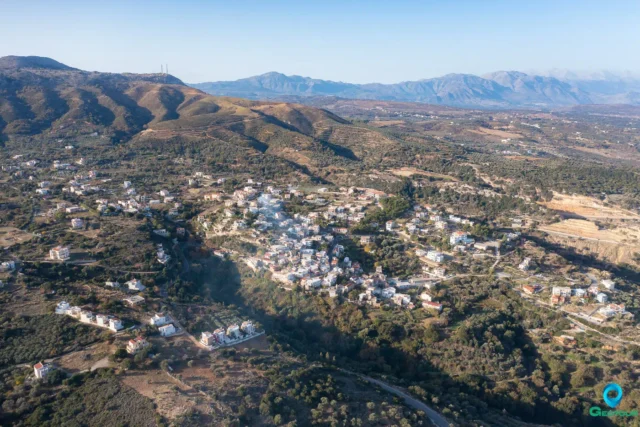

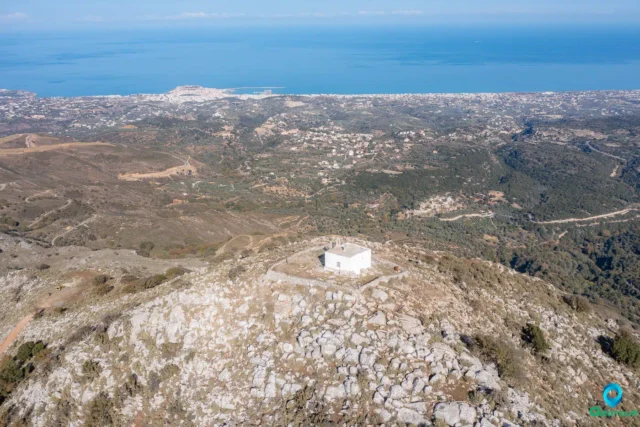

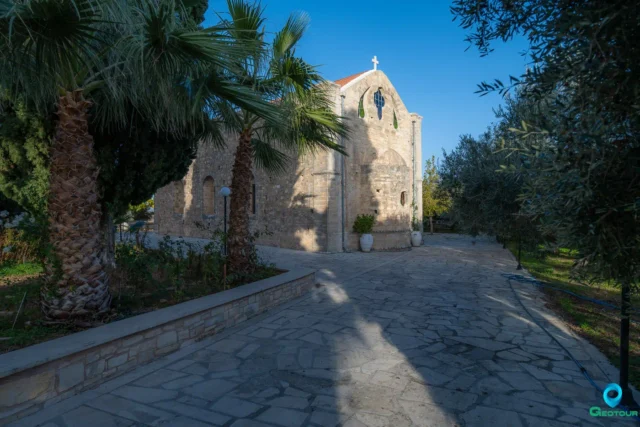

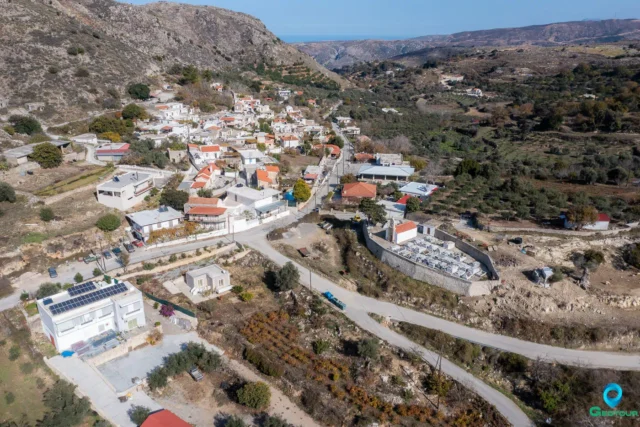


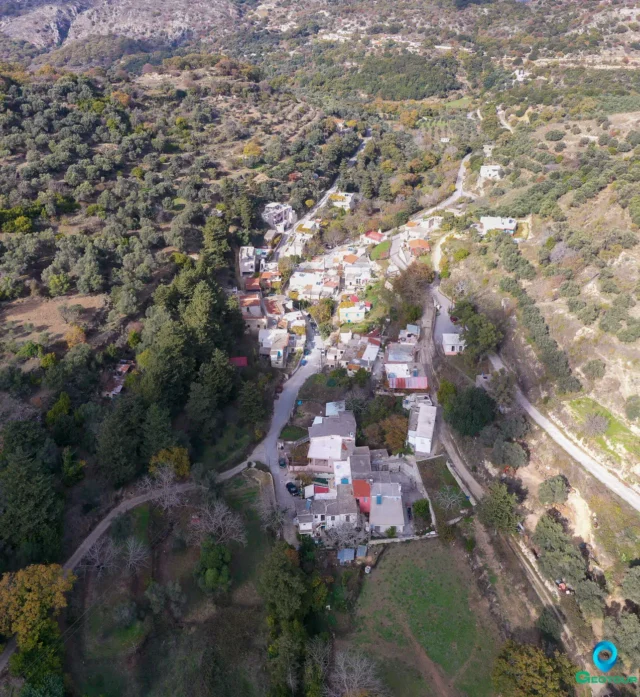


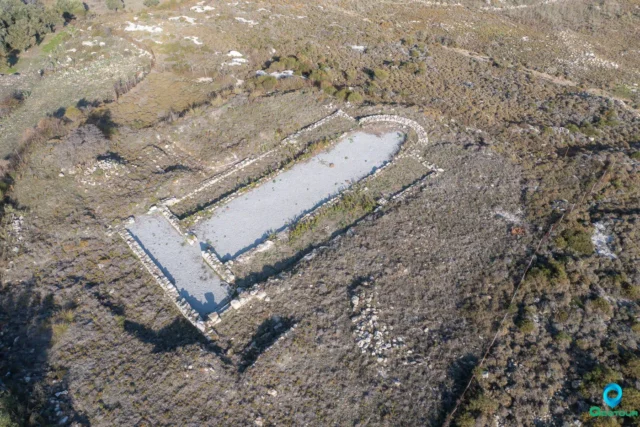
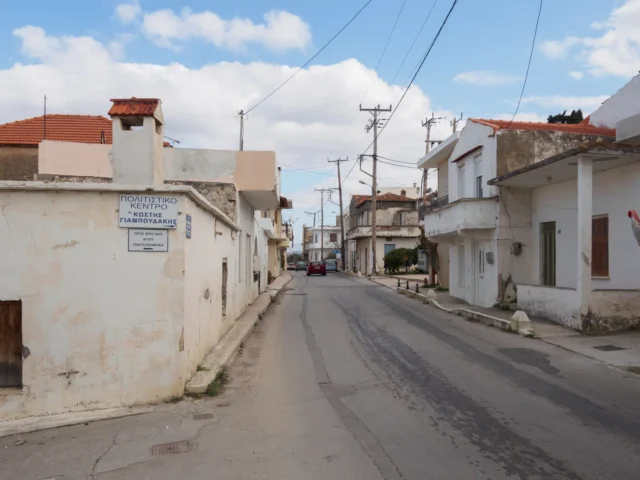
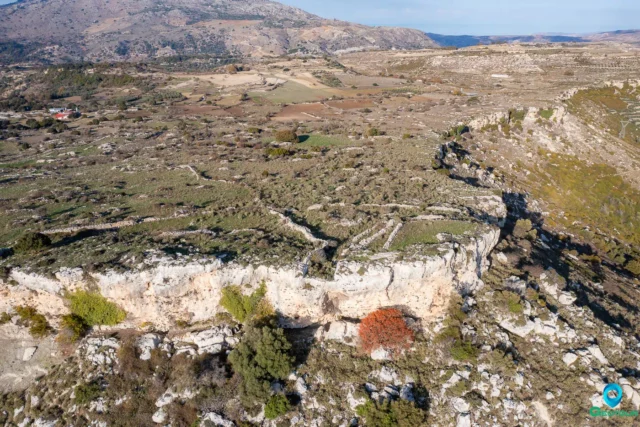
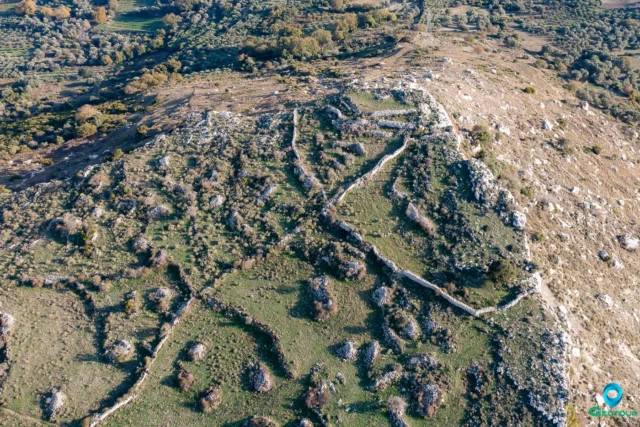

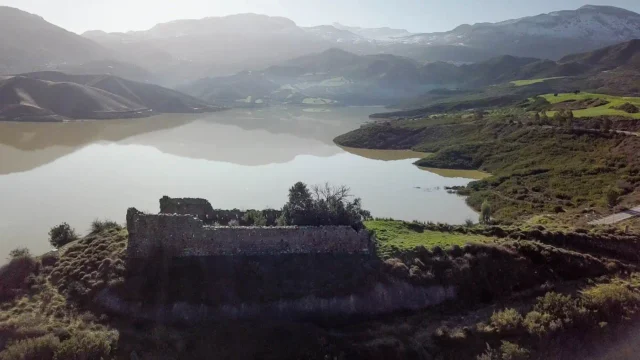
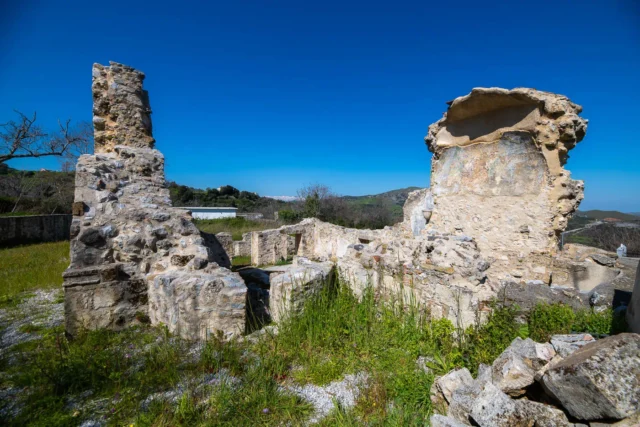
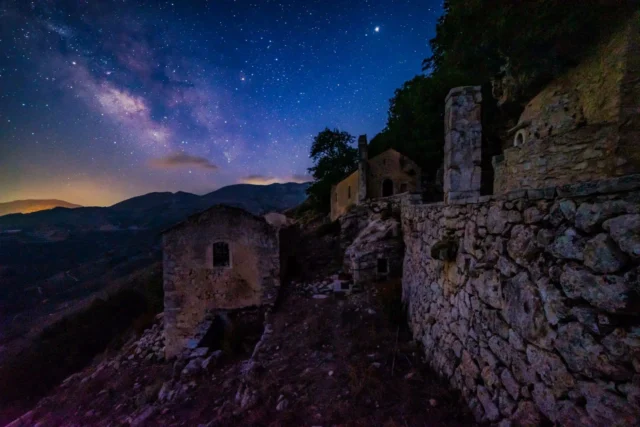

There are no comments yet.